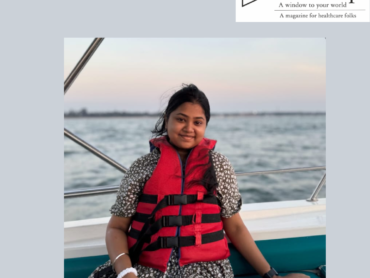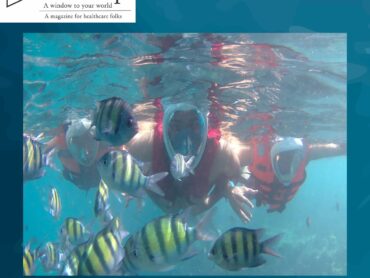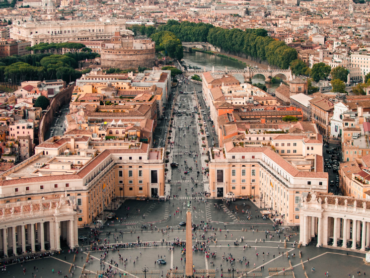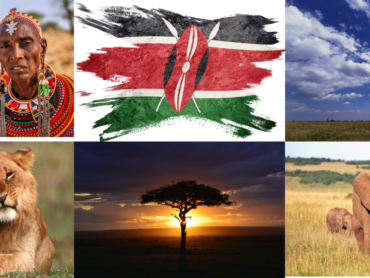“You… Indian?” Mehmet Korukcu says, his eyes twinkling, “Ahhh…Zakir Hussain…..also Indian!! Good musician!!” His English is limited, but his admiration of the Indian tabla maestro is not. Strange to hear this Indian name spoken here…. in a pottery workshop in Avanos, a suburb of the Turkish city of Capadoccia.
“Indians play Ghatam, yes?” He continues, smiling at our stunned expressions. “I make Ghatam.” We are amazed that a Turkish potter makes this Indian musical instrument!
Mehmet Korukcu, we learn, is the creator of many of the clay drums played by renowned international musicians. The pottery is made from the red clay sourced from the Avanos River. It is said that even the blind can recognise the town, from the crunching of pottery shards beneath their feet.
DRUM MAKER AND PERCUSSIONIST
With his gentle manner and large-rimmed glasses, he would pass for a professor dabbling in pottery. He leads us to the back of his dimly-lit cave-workshop. A treasure trove of traditional clay drums of every conceivable size, shape, origin (or so it appears) is neatly arrayed. The Turkish darbuka and dohola, African udu-drums and Ghatams as well, beautifully finished pieces. Instruments, ready to transform the beat of the musician’s fingers into a hip-swinging, toe-tapping rhythm.
Sensing our curiosity about the Turkish Darbuka, ( a goblet-shaped drum with the skin of goat or fish, stretched at the head), he offers to play it. Although he learned pottery at an early age, Mehmet later learnt to play the drums that he was creating. His knowledge of percussion is a vital skill when it comes to making the perfect instrument. Many eminent percussionists (such as Emin Bolat), come to him to create the perfect drum.
Mehmet seats himself, and places the Darbuka sideways, across his lap. He begins playing the Darbuka with a light hand creating a rhythm in a crisp, clear tone, the deeper bass sound near the centre made with his palm, interspersed with the high-pitched sound made with his finger-tips near the edge. He varies the rhythm after a while and plays different beats, which demonstrate the versatility of the Darbuka.
His love for the music is equalled by the finesse and care, with which he handles the instrument that creates it. The workshop is transformed into a magical place, till he finishes his short performance. “Could we hear the Udu?” I say, never having heard this drum.
Unhesitatingly, he picks up the Udu-drum, an African instrument; a pot with a hole in the side (Udu means pot in African) and strikes the side hole with the flat of the palm, while closing the top hole in varying degrees; at times, using the entire body of the udu and playing with his fingers to create notes of different pitch. Mehmet has several udu- drums of different shapes and in fact, has named his workshop the Palais du Udu.
Next, Mehmet plays the ghatam, displaying a Turkish rhythm on this Indian instrument. A clay udu, Ghatam and Darbuka are perhaps the most primal of musical instruments made painstakingly, with the same material and techniques (involving many hours of work), that were used thousands of years ago.
The music is so infectious that, we decide to sing a Hindi film song with a perky beat with Mehmet playing the darbuka. We sing “Mashallah, mashallah, chehra hai Mashallah”, an Indian movie-song, (incidentally shot in Turkey) and he patiently adjusts his beats to our singing. As the last notes of our song die away, we applaud him.
POT MAKING
Mehmet offers to show us the pot-making process. In the adjoining room, on his potter’s wheel, he demonstrates the making (called throwing) of a pot and the polishing of another one. The wall behind him is adorned with photographs and certificates, a testimonial to his remarkable skill as a potter. I choose and buy a clay oil jug shaped like a Hittite relic.
We realise that we have kept him away from his work for nearly an hour and thank him for his time and patience. We emerge into the sunshine, touched by a simple joy, the spell that has bound us fading slowly. I reflect that it is certainly true that music is a universal language because without exchanging more than five stilted phrases/sentences with each other over the past hour, we have come away totally impressed by his dedication to his craft and the music it creates.
These are some of the links that I looked up to hear the notes of the drums again:
http://www.youtube.com/watch?v=ZpULjYuVSAw Mehmet Korukcu’s workshop with Chas Whittaker
http://www.youtube.com/watch?v=b_cQuGowWMw Emin Bolat and Mehmet Korukcu talk about their work
http://www.youtube.com/watch?v=EdrAlLDolZY Mehmet Korukcu with son and Sinan Rifat
http://www.youtube.com/watch?v=tGEZF8hJCFE How do play the Udu
http://www.youtube.com/watch?v=0ZUZaKUBs1M How to play the Udu










Comments